Getting the Nancy Meyers Look: Create a Timeless, Cozy Interior on Any Budget
Difficulty: Moderate
Time: Weekend project (varies by room)
Cost: $200-800 depending on scope
You know that feeling when you watch a Nancy Meyers movie and get completely distracted by the interiors? I’m talking about those dreamy kitchens in "It’s Complicated" or the cozy Hamptons cottage in "Something’s Gotta Give." They look polished and expensive, yes, but also like a place where you could kick off your shoes and read for hours. That mix is the hook.
The magic is how Nancy Meyers makes luxury feel livable. Warm paint colors lift layered lighting, the lighting flatters classic furniture, the furniture sets the stage for texture, and everything clicks. Think of it as a system. Nail the base, and every piece you add works harder.
What makes Nancy Meyers' style so timeless?
These interiors solve a simple problem: how to feel sophisticated and genuinely comfortable at the same time. Soft textures, warm lighting, generous furniture proportions, all framed by elegant bones. You get the best of both worlds.
The look draws from New England coastal and European farmhouse traditions, then updates them for real life. Picture shiplap with a clean paint finish, vintage brass that reads warm not dated, oversized seating that actually fits modern rooms. Sunlight on white cabinets, the quiet gleam of aged wood, linen that wrinkles a little and looks better for it.
There is a method to the layering. Light comes from multiple sources at different heights, which creates depth and kills harsh shadows. Natural materials, aged wood and stone, add tactile variety while keeping a calm palette. Furniture mixing follows a clear ratio, roughly 70 percent classic pieces in neutrals with 30 percent vintage or character pieces that bring personality.
The color palette sits in warm neutrals with subtle undertones that shift as the light changes. Not stark whites or chilly grays, but complex creams and soft taupes that look rich instead of flat.
Building your foundation: The paint and lighting system
Start here. Paint and lighting create the mood that everything else relies on.
Choose paint with warm undertones in the cream, soft white, or pale gray families. Colors like Benjamin Moore’s "Cloud White" (OC-130) or Sherwin Williams’ "Accessible Beige" (SW 7036) have gentle yellow or brown notes that glow under layered light instead of turning cold.
Layer your lighting at three levels. Overhead fixtures for general illumination. Table and floor lamps at mid height, roughly 36 to 60 inches from the floor. Accent lighting close to surfaces, candles or picture lights, to create small pools of light. The result is size and intimacy at once.
Pick warm metal finishes for fixtures, brass, aged bronze, warm nickel, so the light reflects with a soft golden tone that flatters your paint. Put dimmers on overheads and adjust through the day. Bright in the morning, moody by dinner. Too bright at noon? Dial it down.
For window treatments, hang simple white or cream linen panels 2 to 4 inches above the frame and extend 6 to 8 inches beyond each side. You get more natural light and the window reads larger.
Selecting furniture: Building on your lighting foundation
Once paint and lighting are set, bring in furniture that reinforces comfort and polish. Classic proportions, neutral upholstery, then a few vintage or unique pieces for soul.
Aim for comfort-forward shapes. Sofas with 22 to 24 inch seat depths. Dining chairs with upholstered seats. Coffee tables at 16 to 18 inches high so you actually use them. Neutral fabrics earn their keep, cream linen, soft gray cotton, aged leather that gains character.
Use the mixing strategy. Choose two or three anchor pieces in coordinating neutral tones, your sofa, dining table, primary chairs. They create stability. Then add two or three contrasting pieces, a vintage wooden coffee table, an antique side chair, a distinctive console, to bring texture, history, and contrast.
This mix feels collected over time because color stays calm while origins vary. Your consistent paint and lighting pull it together.
Spend where comfort matters most. A great sofa, a solid dining table, the best mattress you can swing. Those pieces carry the room and your daily life.
Accessories: Completing the textural system
Accessories deliver the final layer, the sensory part that makes the space feel lived in and finished.
Build textiles in tiers. Start with rugs and curtains in quiet neutrals. Add pillows and throws with mixed textures. Pair smooth linen or cotton with wool, jute, or chunky knits. Keep the palette calm but play with hand feel, a cream linen pillow beside an ivory wool throw gives depth without color noise.
Bring in fresh flowers and plants for that organic note that softens everything. Simple arrangements in white ceramic, clear glass, or natural baskets. Place them where they catch the lamplight at night or morning sun on a windowsill. A small bouquet on a side table does more than you think.
Style objects by story, not by formula. Stack some books horizontally, line others vertically. Group candles in threes at different heights. Choose pieces that mean something to you, vintage brass candlesticks, a handmade bowl, framed family photos. That is the difference between decorated and personal.
Kitchen and dining: Extending the system
Keep the same approach in kitchens and dining rooms, the places where this aesthetic really sings. They should handle daily cooking and still look camera ready.
Extend your warm wall colors into the kitchen and layer light here too. Overhead fixtures for coverage, under cabinet lighting for tasks, pendants over the island, candles on the table for dinner. You get function and atmosphere together.
Choose classic materials that age gracefully. White or cream painted cabinetry, natural stone with subtle veining like marble or quartz, subway tile backsplashes in warm white. These create a calm backdrop that will not fight your dishes or produce.
Open shelving earns its spot when it holds beautiful everyday items. Line up white bowls, lean wooden cutting boards, set out vintage glassware. Display and utility in one move.
For dining, mix it up the same way you did in the living room. A substantial wooden table with a blend of seating, four matching chairs plus a bench, or slip one vintage chair into a modern set. Layer place settings with cotton or linen placemats, simple white dishes, classic glassware. Weeknight dinner or friends over, it all works.
Budget-smart implementation strategy
Work in phases so each step lifts the next.
Phase 1 (Budget: $200-400): Paint in warm neutrals, add table and floor lamps to build layers, bring in a few textiles, throw pillows, blankets, simple curtains. Even this first pass shifts the mood fast.
Phase 2 (Budget: $300-500): Make one focused furniture move. Reupholster a sofa in a neutral, hunt for a vintage coffee table, invest in quality window treatments. Check secondhand shops, estate sales, online marketplaces for character at a good price.
Phase 3 (Budget: varies): Add anchor pieces as funds allow. Prioritize quality over quantity. One well made item beats three forgettable ones.
This look embraces a little imperfection and a lot of authenticity. Do not chase magazine perfection on day one. Build a home that feels welcoming and yours, then use the same layering principles that make Nancy Meyers interiors so enduringly appealing.
Your space should invite you to relax and stay awhile. That is the kind of livable luxury you are creating here.




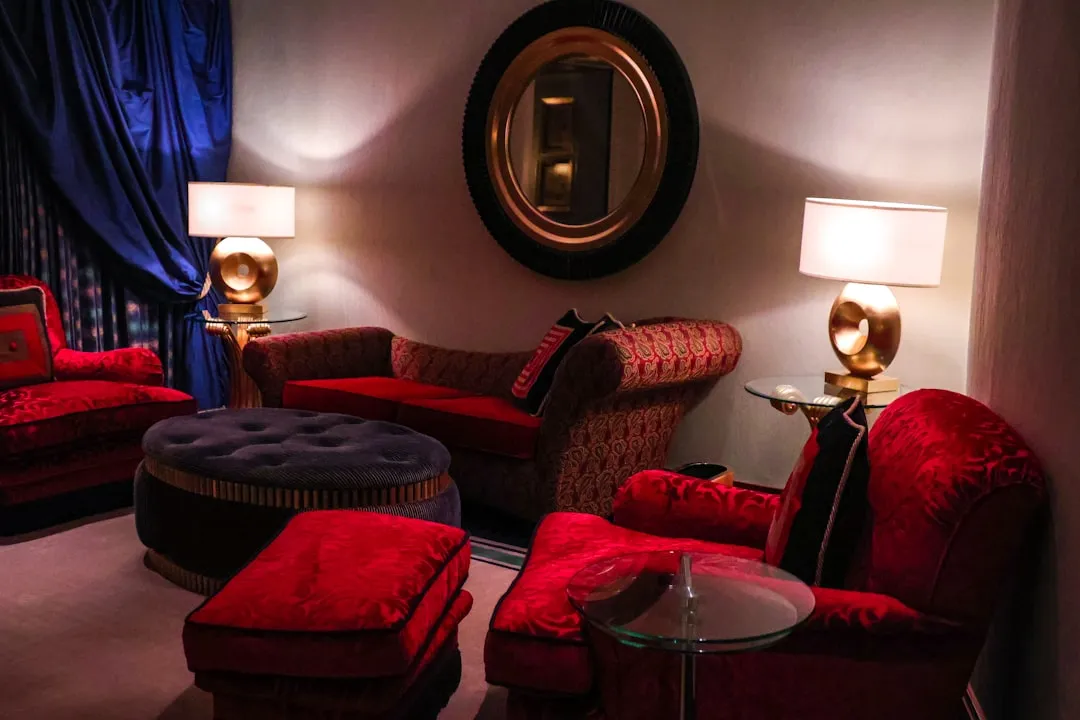
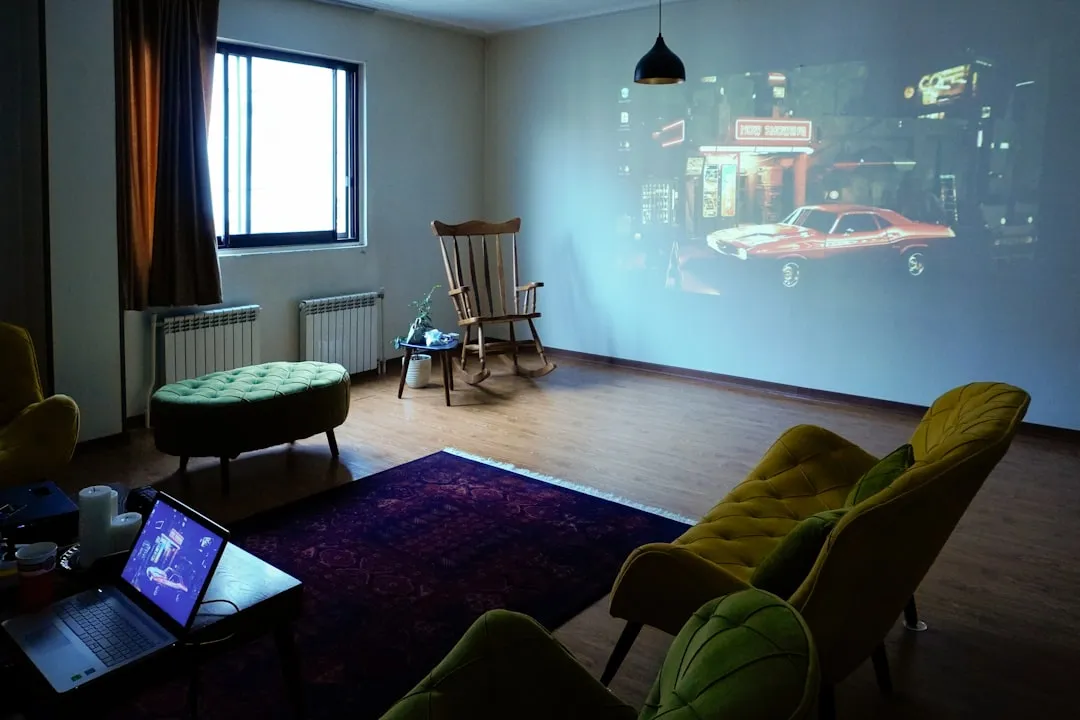
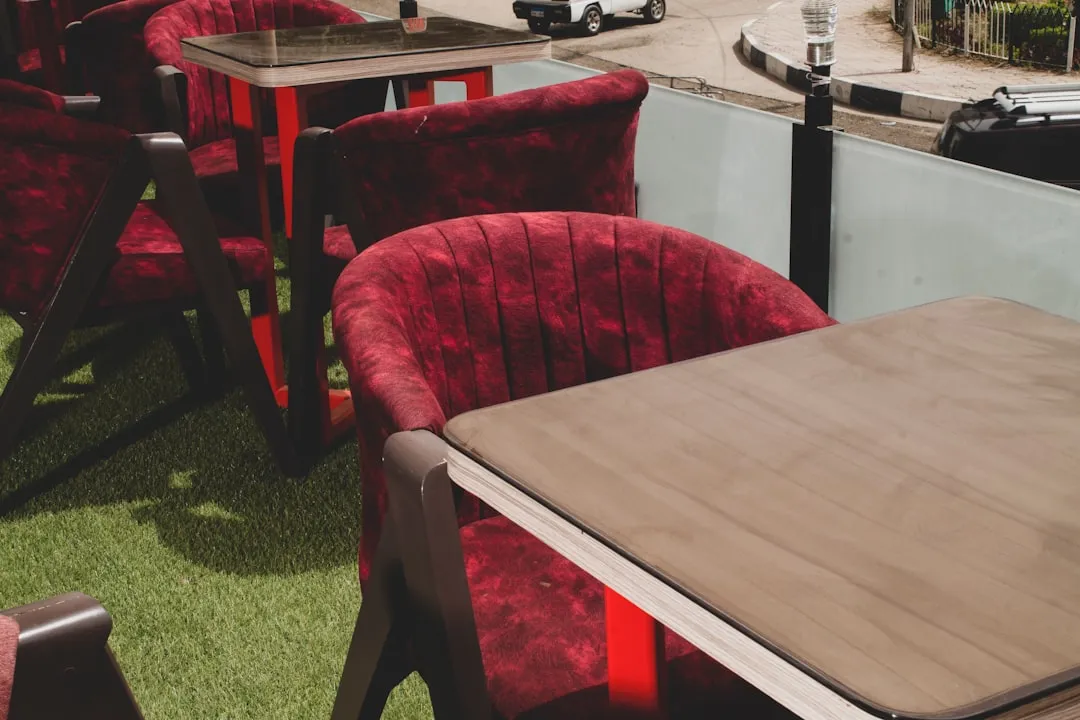
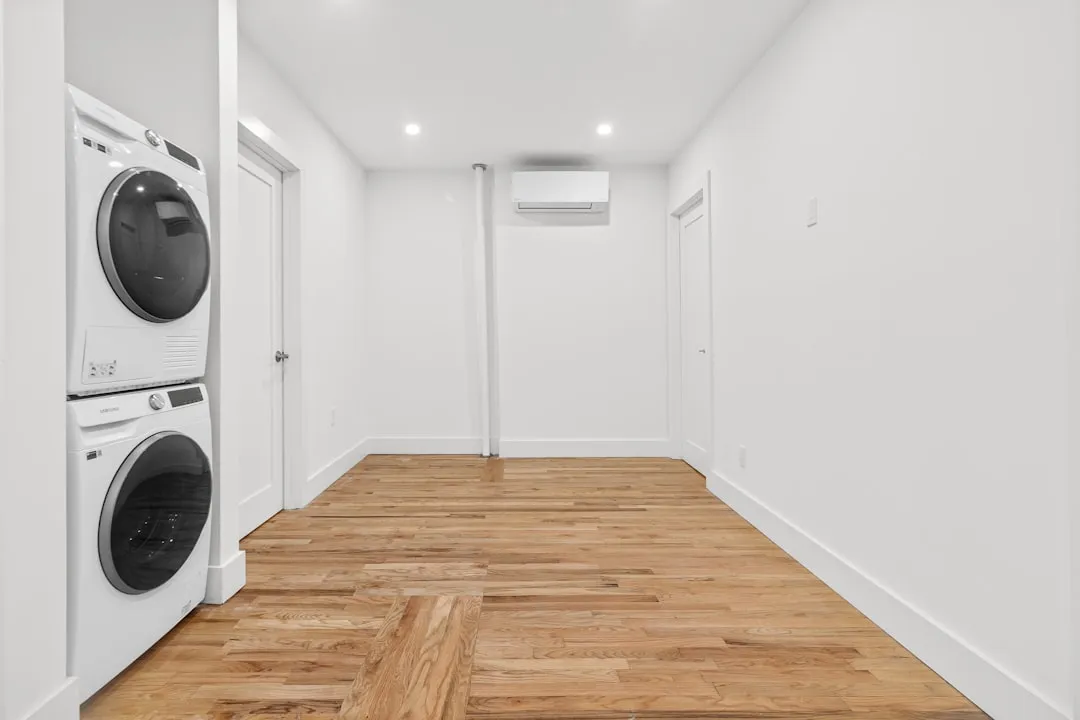
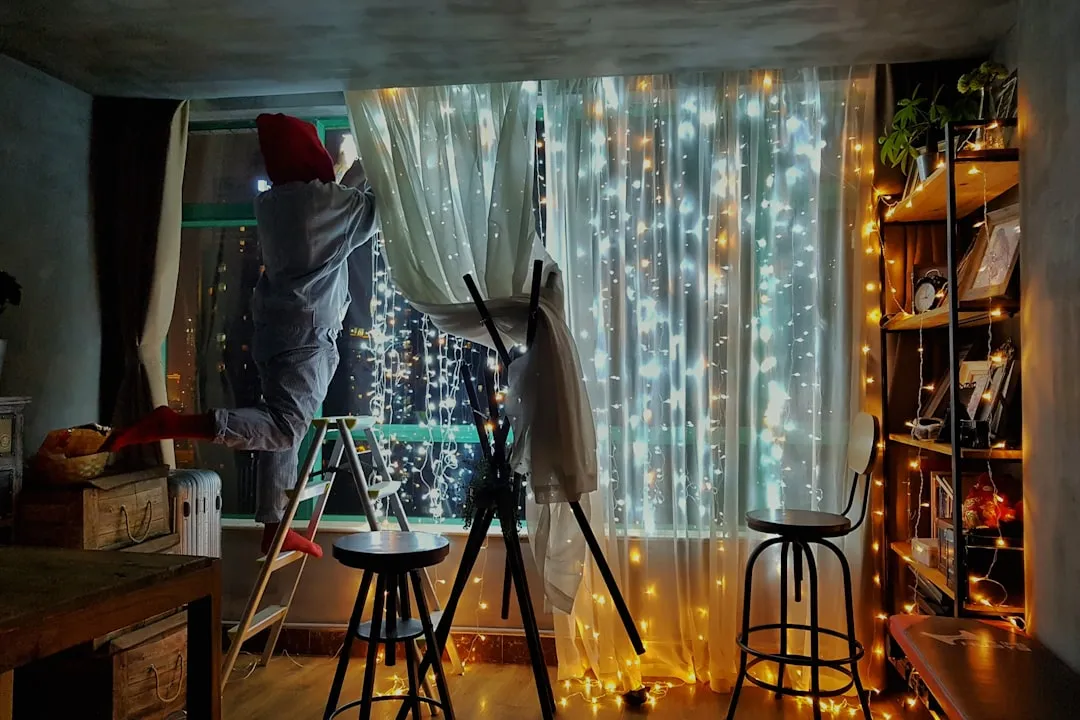

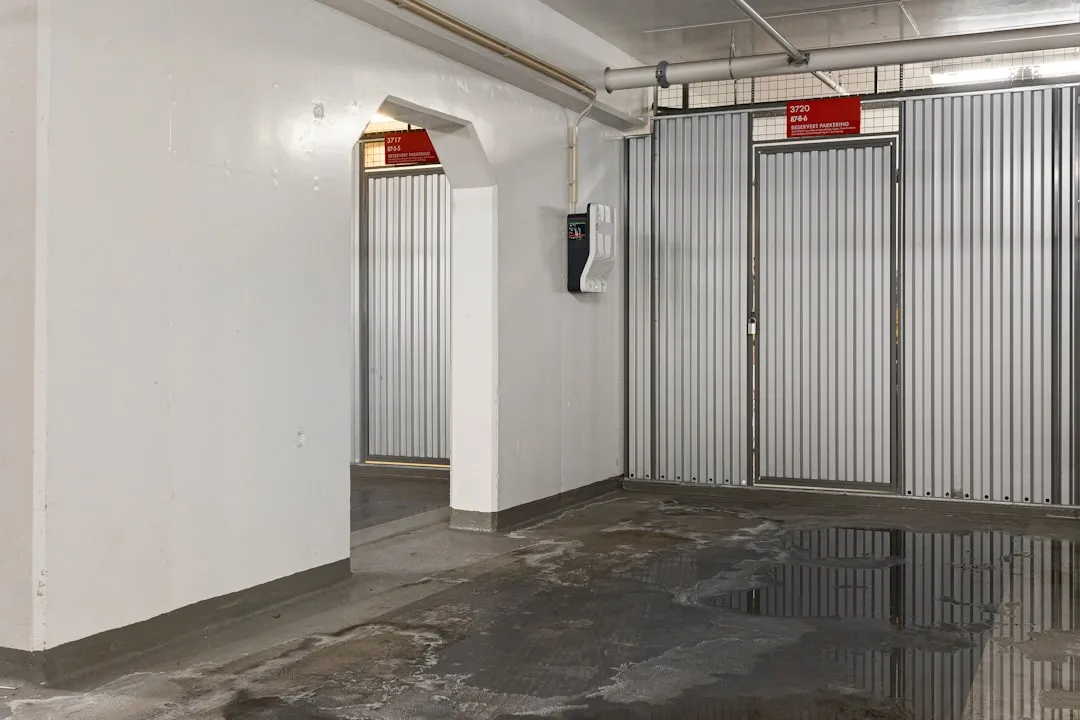
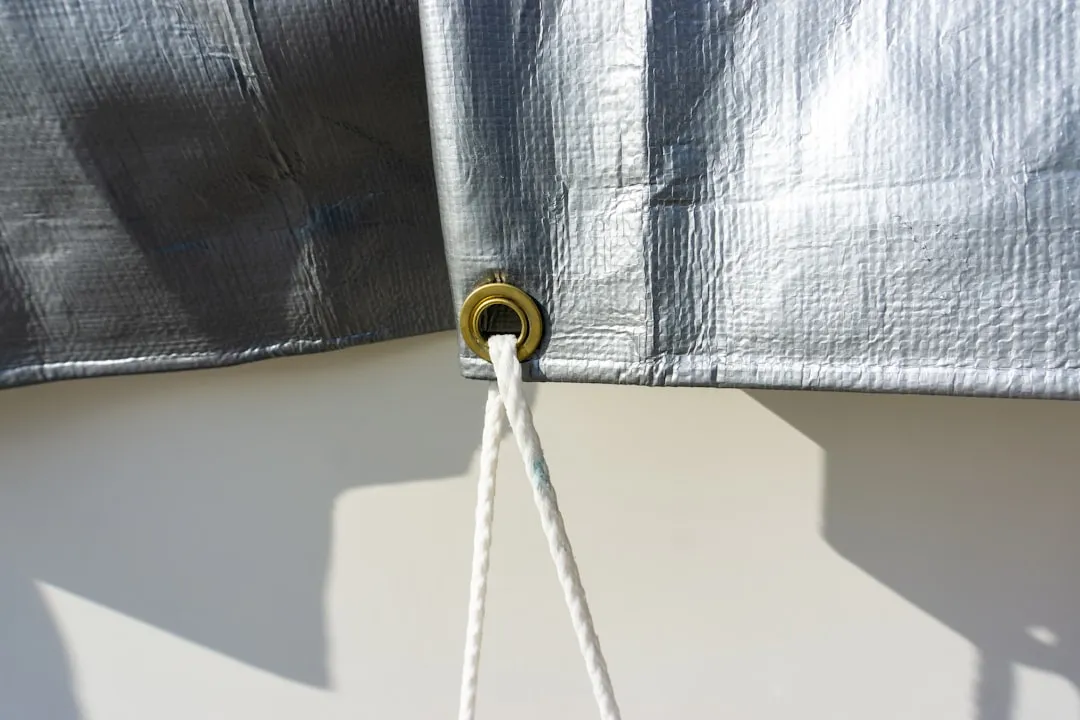


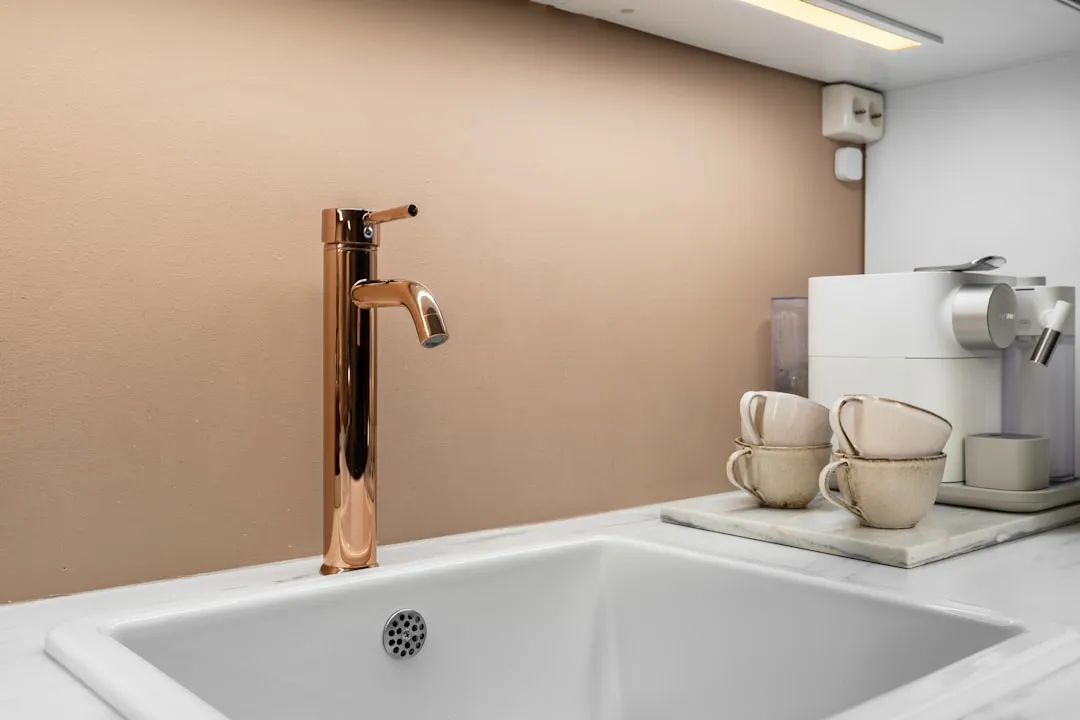
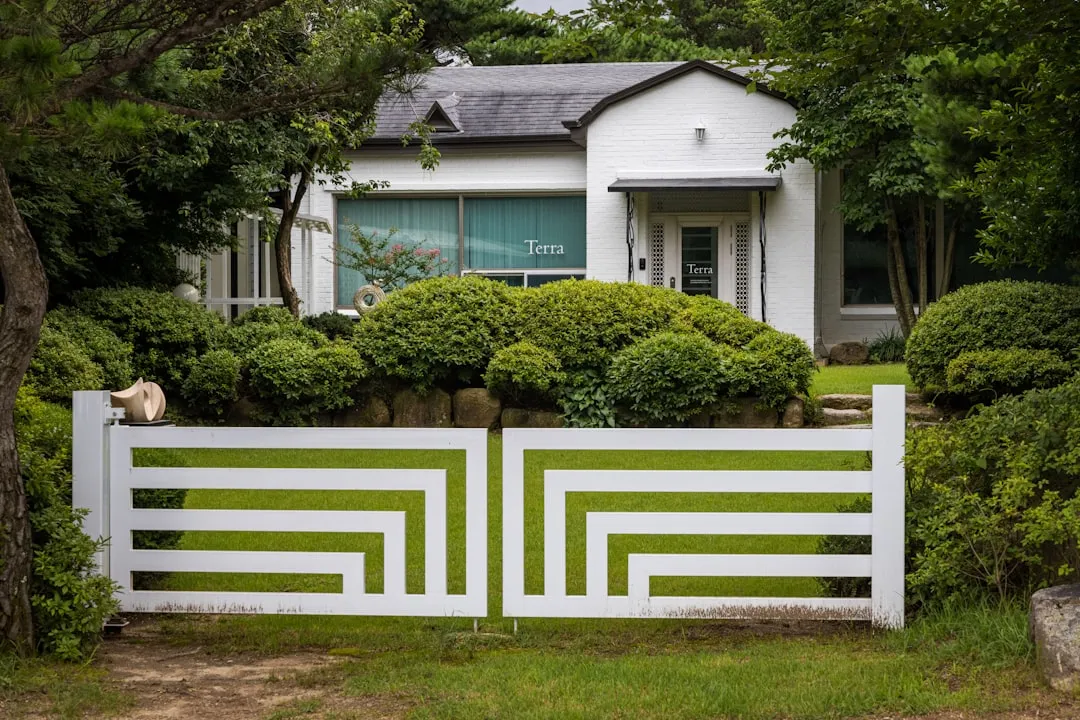
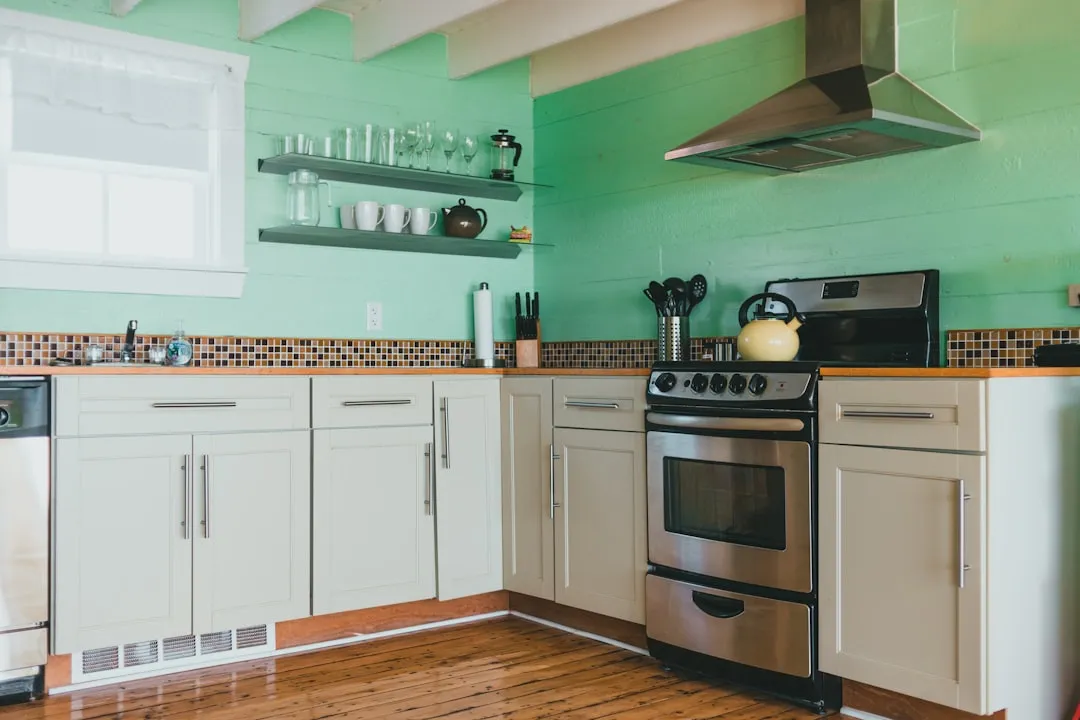
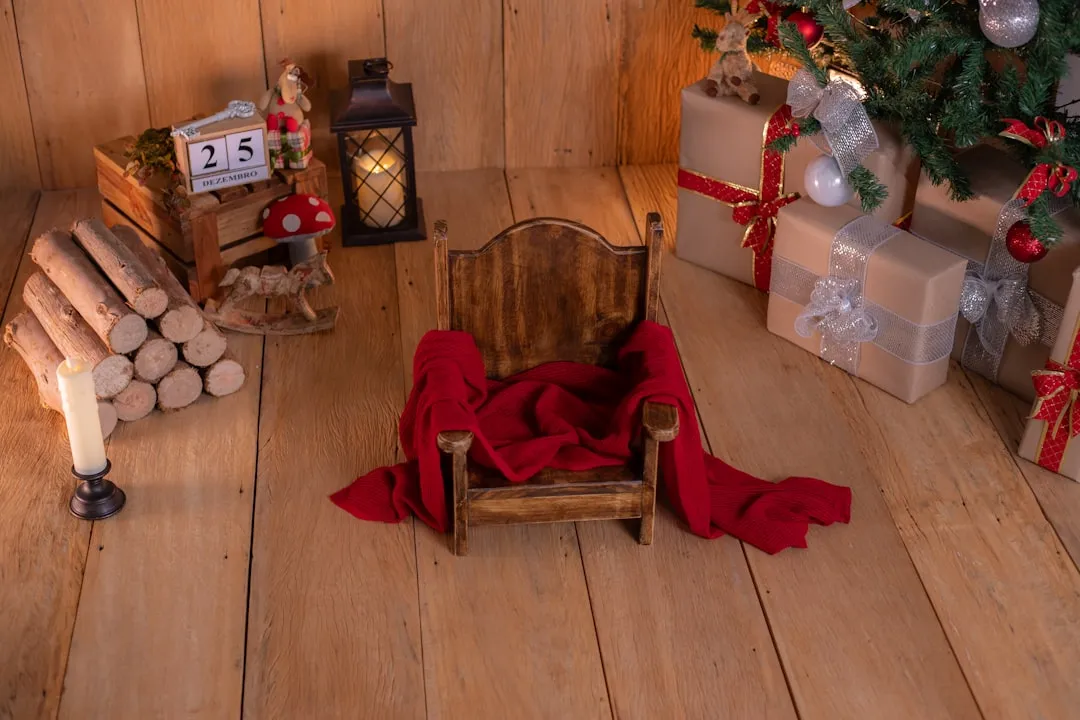

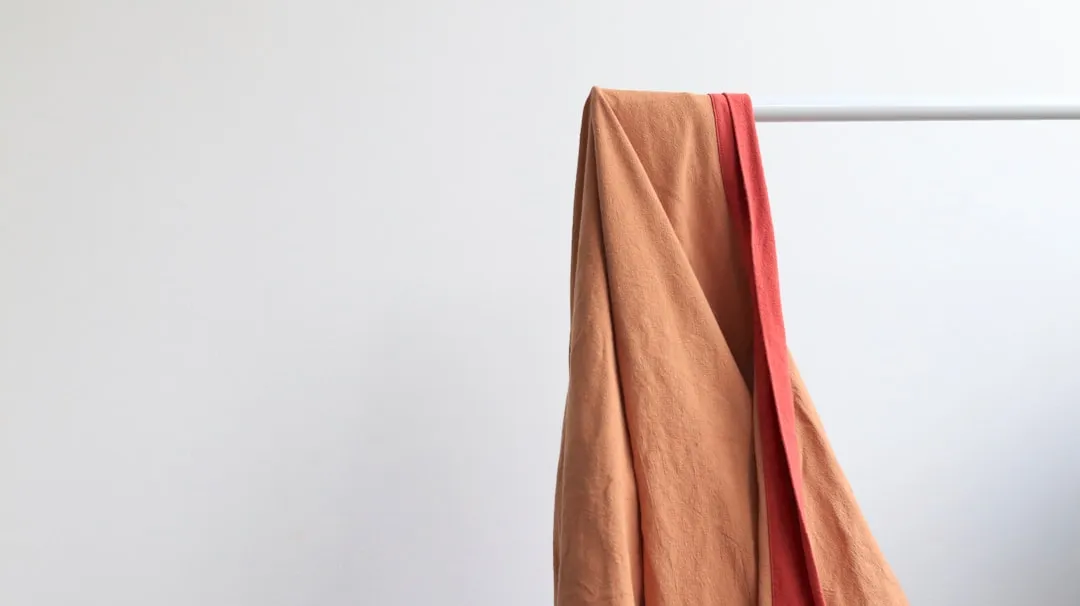
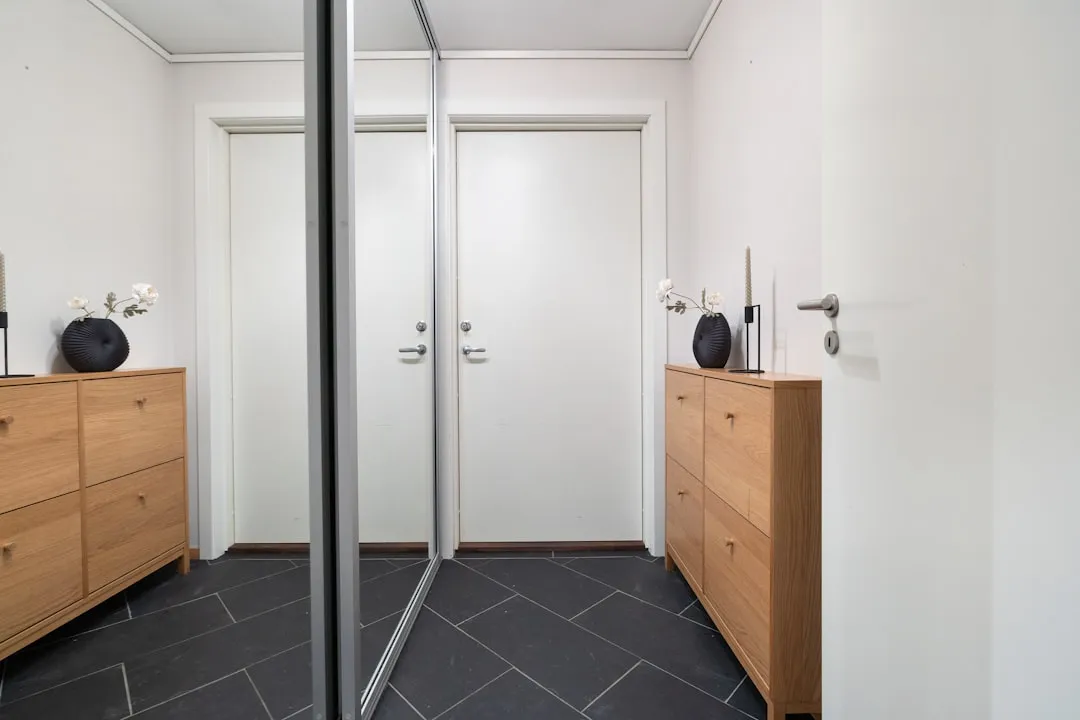

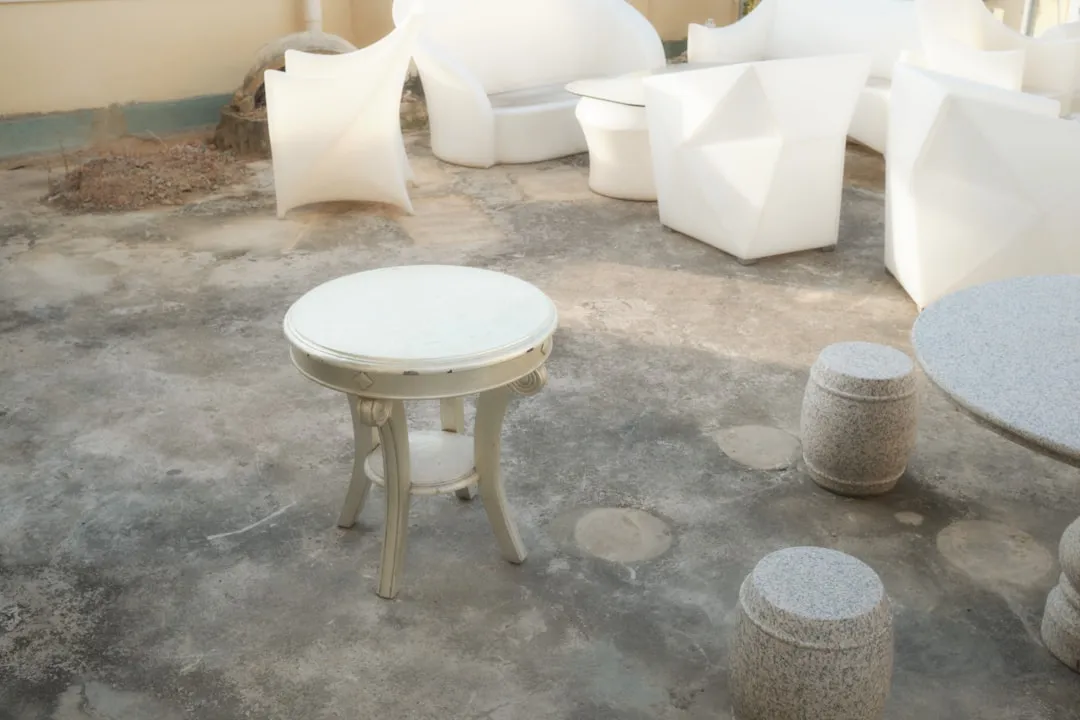
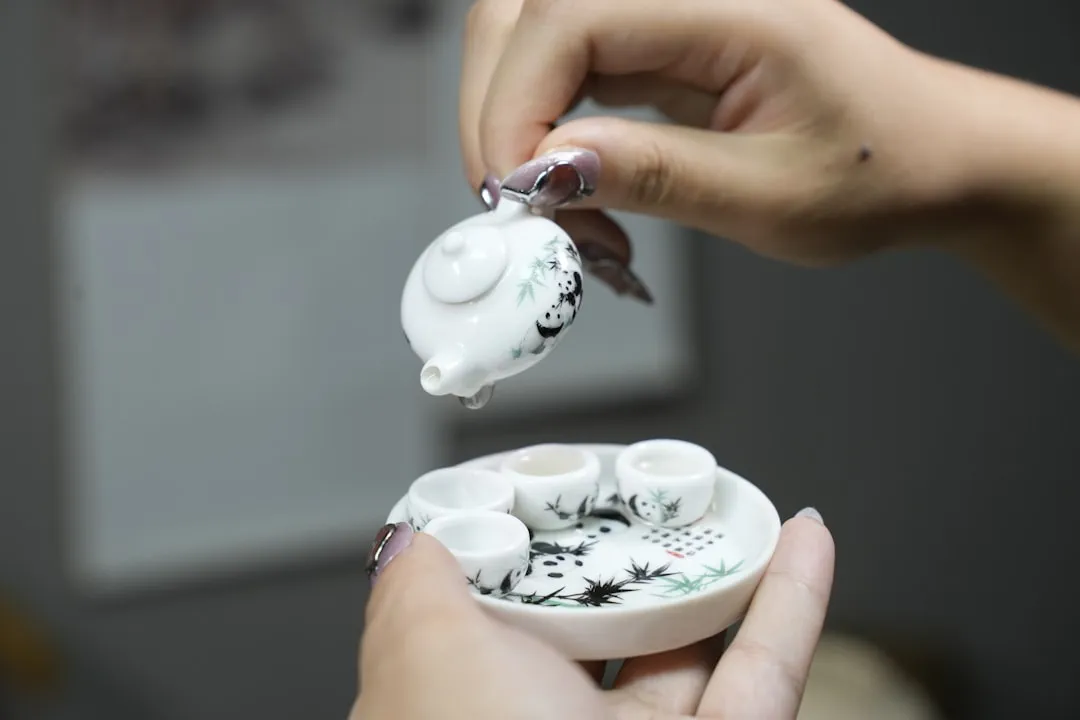
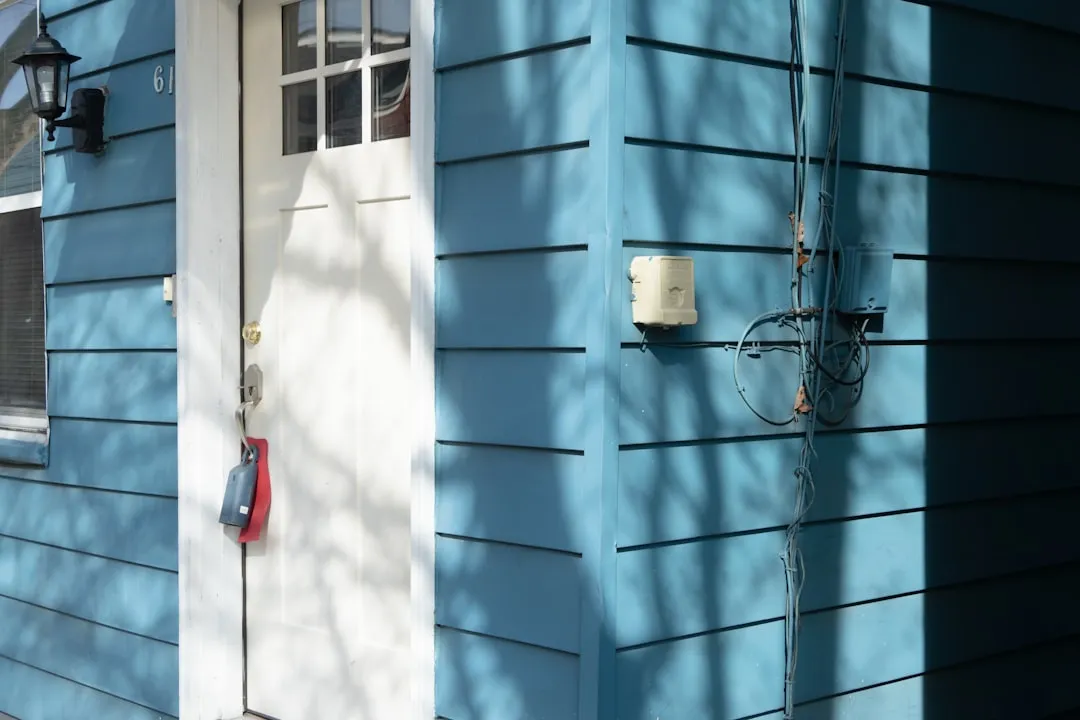
Comments
Be the first, drop a comment!